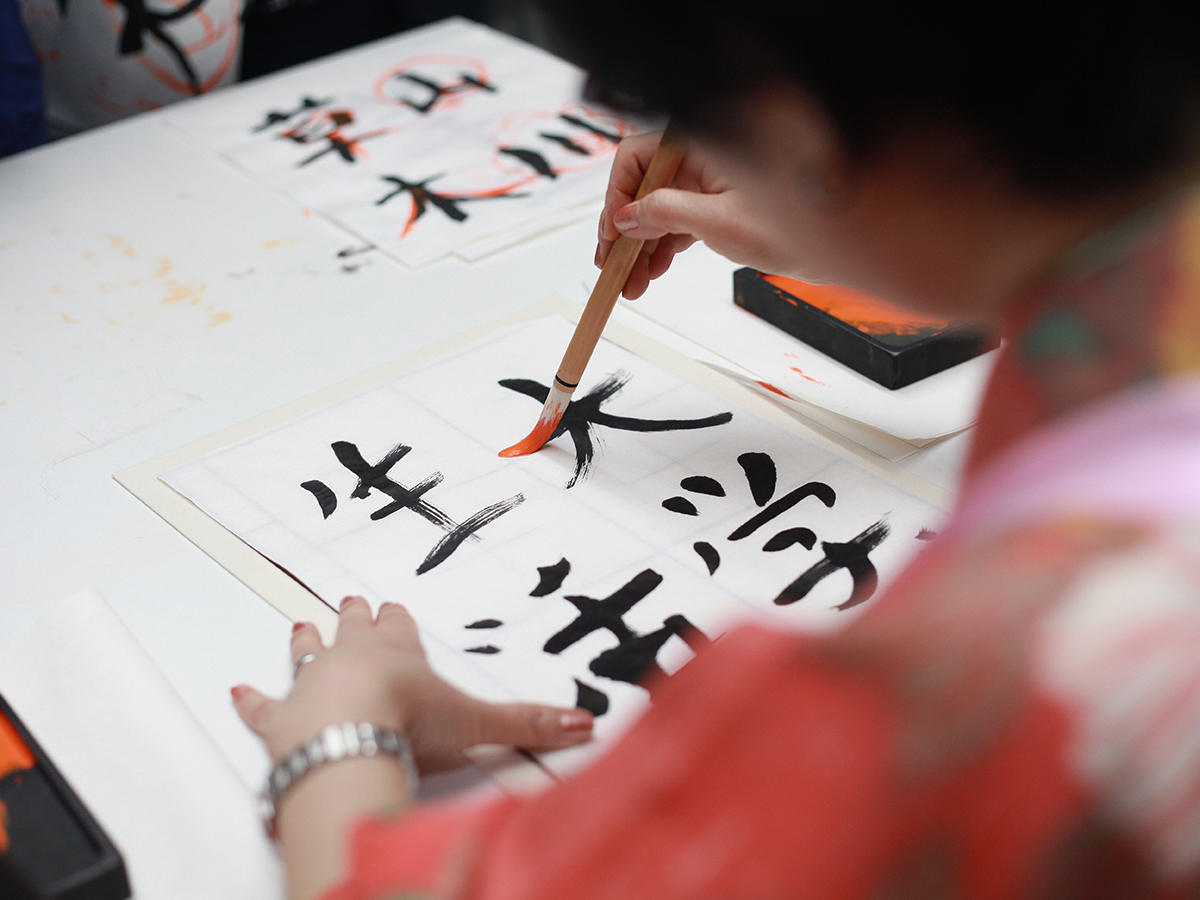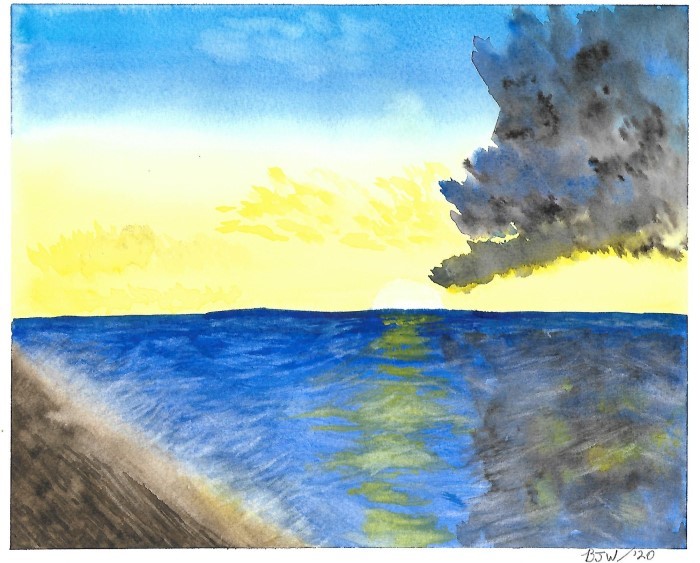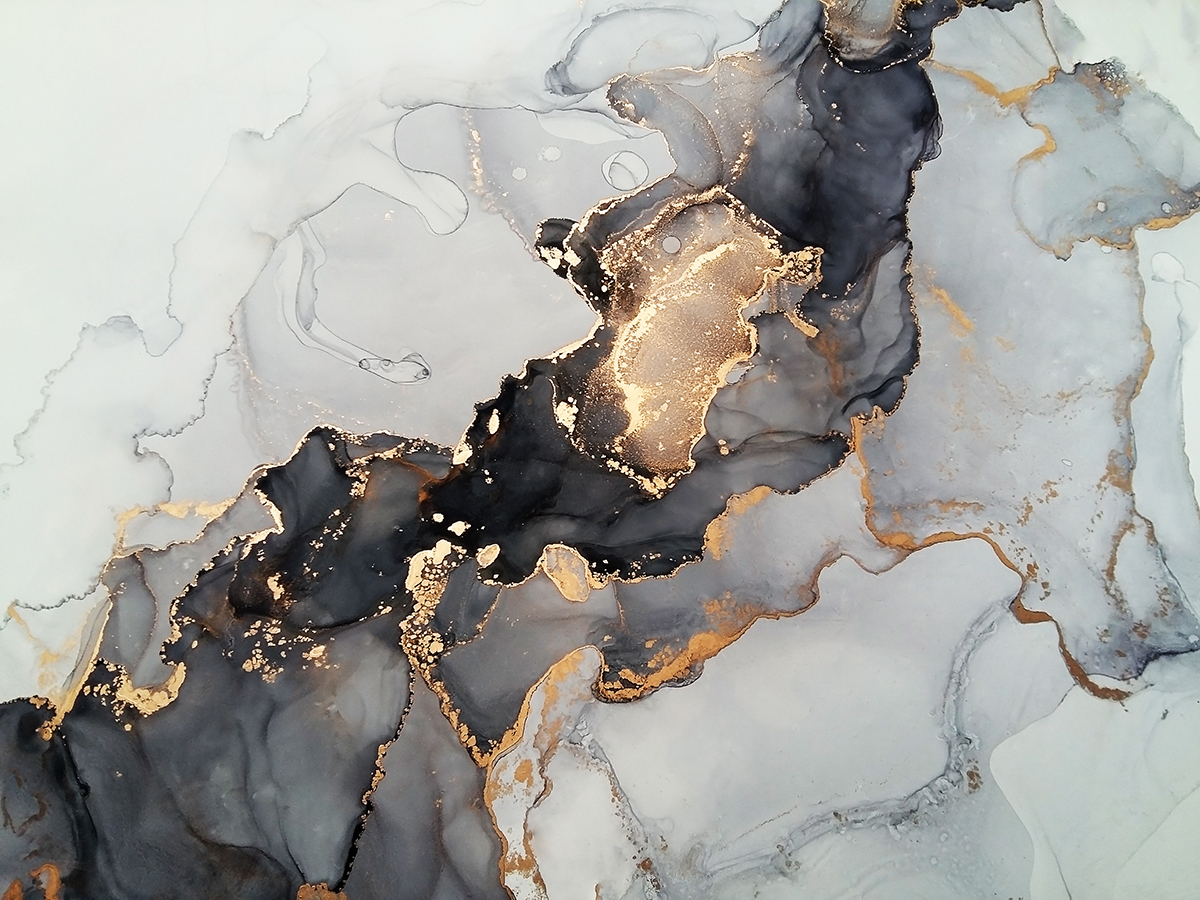
April 27, 2020
Welcome to the fourth blog of my series where I’m exploring watercolor painting! Let’s talk techniques! You have your paint. You have your brushes. You have your water. What more do you need? According to Watercolor 101 from Universal Class, there are a few different ways you can go with your painting. I’m going to talk about three here.
- Flat Wash Technique – This is where you have your paper flat on the table (not upright on an easel) with a slight incline. It helps if you have your paper taped down to a board that you can prop up slightly. Take your paint brush, and make a large puddle of the color you want to work with on your palette. Starting at the top of the paper, drag your paint brush from one side of the paper to the other. Repeat the same step on the next row below it, making sure to slightly overlap the previous line. Do this until your paper is full of that color. There won’t be any streaky lines if it’s done correctly. This technique is great if you have a painting that will require a lot of the same color in the background.
- Wet-on-Wet Technique – This simply means that you will be applying wet paint onto paint that is still wet. This is a good technique to use when you want subtle transitions between colors. Suppose you want to paint a sunset, for example. With the wet-on-wet technique, you can seamlessly blend the colors from light (close to the sun) to dark (farthest away from the sun). Just make sure you’re not blending the colors on the paper too much. You want each color to be distinct. Overworking the paint could ruin the painting.
- Wet-on-Dry Technique – This means that you will be painting on a layer of paint that has completely dried. This is the technique you use when you are putting the finishing touches on your painting. For example, adding small visible stitching to a shirt, or an intricate pattern on a flowerpot. It could even mean adding shadows or more depth. Whatever the reason, it’s important that the first layer of paint is totally dry. Otherwise, you may have paint blending where you don’t want it to.
It can be fun to experiment with the different watercolor techniques! You may find interesting combinations of colors you didn’t know you wanted.
Check out some more great watercolor instruction books from OverDrive to help get you started!
- Everyday Watercolor Flowers by Jenna Rainey – Learn how to paint a variety of beautiful flowers, leaves, and plants. This book is organized by flower shape.
- Watercolor for the Absolute Beginner by Mark Willenbrink – Do you know nothing about watercolors but want to? This book starts at the very basics and helps you work your way up to developing composition and painting landscapes. This book also has many practice exercises.
- How to Paint Like Turner by Nicola Moorby and Ian Warrell – What better way to learn how to paint than to practice the techniques used by one of the masters? JMW Turner was one of the most celebrated watercolorists from Britain. In How to Paint Like Turner, you will learn about the man himself and the various methods he used to create his masterpieces.
Happy painting!
Barbara Jo W.
Electronic Resources Department
Read Similar Blogs:
Arts Instruction
Crafts and Hobbies
Self-Development







